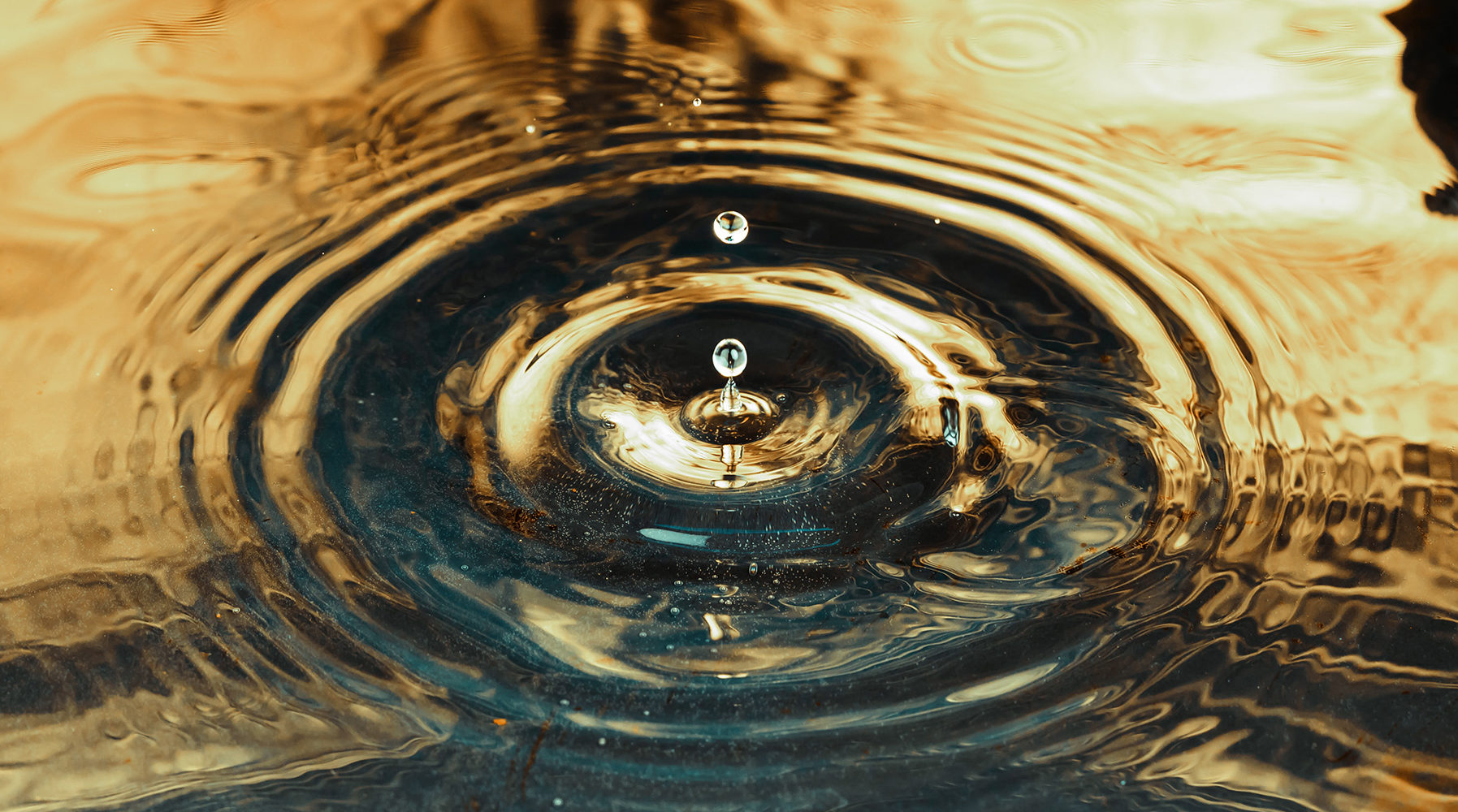
Importance of Drainage
26/03/2020
Drainage is the most important aspect of container gardening and is critical to plant health. It is a natural process by which water moves through and out of the soil as a result of gravity. Water in the soil needs to drain freely to ensure that sufficient air is available for root uptake.
Roots need to exchange oxygen and carbon dioxide with the air, if excess water is present it closes off air pockets in the soil and roots start suffocating. A lack of drainage is one of the most common causes of unhealthy and dying plants, as waterlogged soil can lead to root rot. This is a serious condition that plants rarely recover from. Signs of root rot include wilted and yellowing leaves and eventual leaf-drop. If the plant is removed from the container the roots may appear black or brown with a slimy texture.
Excess water also place additional pressure on the container base and sides and if drainage is not corrected surface cracks will appear.
Optimum drainage should always be the objective as healthy roots mean healthy plants. Containers need sufficient drainage holes in the bottom to let any excess water drain away. More plants are killed by drowning or rot than by under-watering. The provision of a permeable screen or filler material at the bottom of the pot will allow water to pass through and prevent drainage holes from blocking.
Note that even if the soil surface appears dry, the soil at the bottom of the pot may be saturated.
Our bowls, pots and planters come standard with internal acrylic water-based waterproofing to protect the pot surface and with drainage holes already installed. The location, size and number of drainage holes relate to the size of the pot and its soil volume.
Some projects require the installation of drainage holes on site so we’ve created a drainage guide to provide assistance with this. Guidelines are provided on minimum drainage hole sizes, recommended drill’s and drill bits etc to ensure that adequate drainage is achieved.
Please contact us to discuss the requirements of your pot selection if drainage holes need to be installed on site after product delivery and we’ll gladly provide guidelines on the number and size of drainage holes required.